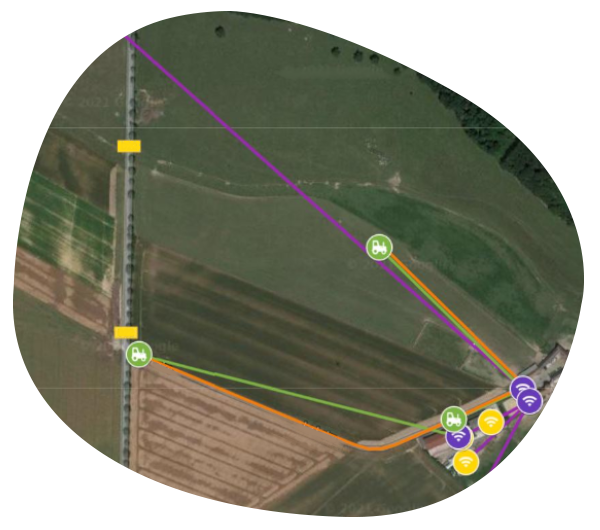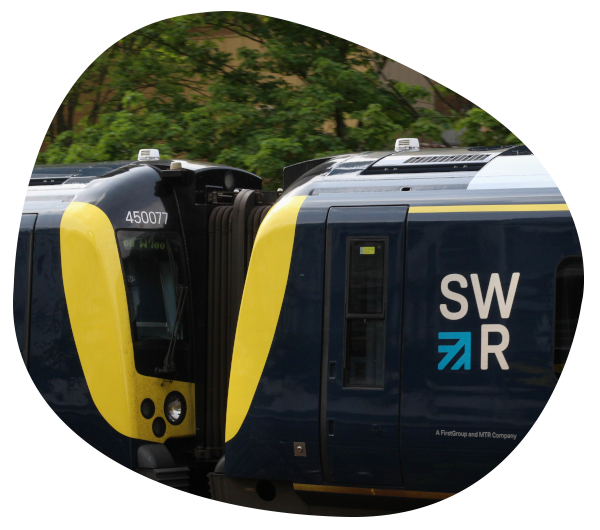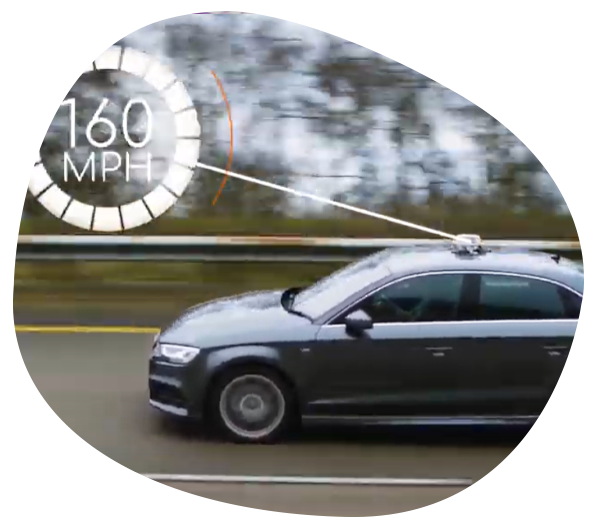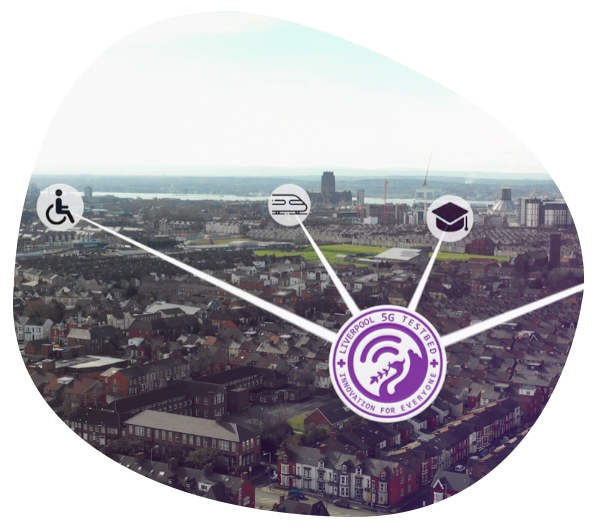mmWave enabling complex security applications
We have created a landmark mmWave demonstration network in northern France. The testbed in Cergy, approx. 50km from Paris, showcases the advantages of mmWave technology for supporting high bandwidth surveillance, security, and mobility applications. The combination of Blu Wireless’s mmWave technology and products from our partners at Mentor Consultant, Lynceo FR and 4G Technology makes this the first 57-71GHz mmWave network in France, demonstrating real world, high bandwidth, low latency gigabit backhaul connectivity.
The high-capacity, point-to-multipoint (P2MP) and long-range point-to-point (P2P) connections carry wireless streams from the 4K video surveillance network across the site without loss of resolution or framerate. Multi cameras on key buildings prove mmWave efficiency of perimeter security with resilience, high volumes of data throughput, speed, and performance, enabling automation and orchestration for real-time, rapid responses.

Gigabit Rail – powered by mmWave technology
Together with Evo-rail, a FirstGroup company, we successfully completed a trial of the gigabit track to train solution on the Isle of Wight, paving the way for a full, commercial deployment on Britain’s busiest railway.
Our easy to install ‘plug and play’ equipment has been deployed along 10 miles of the Island Line. Sophisticated nodes along the trackside and mounted on the front and rear of train roofs connect via highly directional pencil beams. Real time control algorithms are used to maintain beam connection between all nodes as the train progresses along the track. Implementing a ‘make before break’ approach ensures a reliable, continuous connection with data rates of up to 10Gb/s. The trial has proven that the mmWave powered gigabit rail solution is safe and reliable, and provides a fast and affordable route for rail operators to deliver gigabit throughput.

Rapid and resilient networks for V2X
During the DCMS funded AutoAir Testbed, we deployed a network of 22 trackside mmWave nodes at 11 sites around the highspeed bowl at Millbrook Proving Ground. Operating at 57-71GHz, our equipment successfully demonstrated the feasibility of achieving ultra-fast connectivity with an average of over 1Gbps and up to 3 Gbps between vehicles travelling at speeds of up to 300 km/h. Our mmWave technology has been crucial to proving the commercial viability of using unlicensed mmWave frequencies to enable carrier-grade connectivity for high-speed transport applications.
Crucially, our technology is self-organised and software-controlled, meaning that it is designed to be resilient, bend around any obstruction and ensure consistent and high-speed connections to fast moving vehicles. The quick and easy installation on existing roadside infrastructure means that mmWave technology provides the connectivity foundation required to pave the way for advancement in connected and autonomous vehicle deployment, whether that is for security services, emergency services or truck fleets.

Extended backhaul and small cell integration for smart cities
As part of the Liverpool 5G Create testbed, funded by DCMS, we have built a private mmWave network to support 5G enabled health, social care, and education applications for the local community. Our cost-effective, high-speed 5G mmWave technology is extending existing public service fibre infrastructure. Now in its second phase, the Liverpool deployment allowed us to advance our mmWave products including new generations of hardware, extended range through multi-hops and the integration with 5G small cells.
Connecting these 5G, sub-6GHz small cells, used by operators to create 5G wireless consumer networks, via mmWave access and backhaul opens up a whole range of new opportunities. Particularly in dense, urban areas applications such as 5G enabled critical public services, and the roll-out of IoT applications for smart cities can be accelerated.

